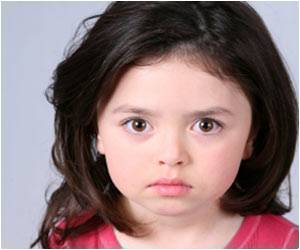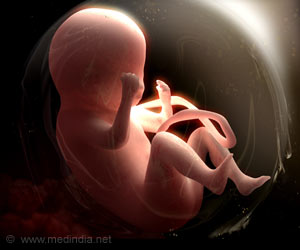Children who are 5 years old and are born to mothers who are 35 and above are at a higher risk of developmental vulnerabilities, mainly due to social and economic disadvantage.

‘Socio-economic factors put children at risk of vulnerability, especially those children who are born to younger mothers.’





In recent decades, there has been a shift to later childbearing in high-income countries and there is limited large-scale evidence on the relationship between maternal age and developmental outcomes beyond infancy. In the new study, researchers used perinatal, hospital and birth registration records, as well as the Australian Early Development Census (AEDC) and school enrollments, to follow a cohort of 99,530 children from birth until their first year of school in 2009 or 2012.
4,382 (4.4%) of the children were born to mothers aged less than 20 years and 20,026 (20.1%) children were born to mothers aged 35 years and older.
Overall, 21% of all children were developmentally vulnerable on at least one developmental domain at age 5. That rate was highest, at 40%, in children born to mothers aged 15 years and younger, and steadily decreased until maternal age 30, hitting a low of 17% in children born to mothers aged 30 to 35 years.
For children born to mothers aged 35 to 45 years, up to 24% were developmentally vulnerable on at least one domain at age 5. Socio-economic factors explained at least half the increased risk of vulnerability in children born to younger mothers.
Advertisement
"Further research to better understand the mechanisms that underlie the elevated risk of developmental vulnerability may inform policies and interventions to promote positive child development across the population."
Advertisement
Source-Eurekalert









